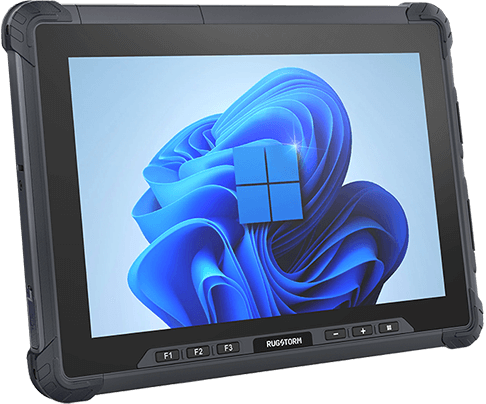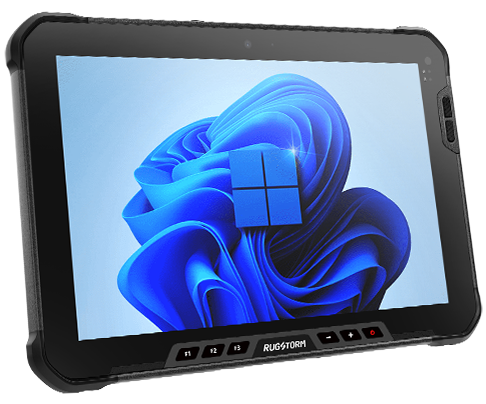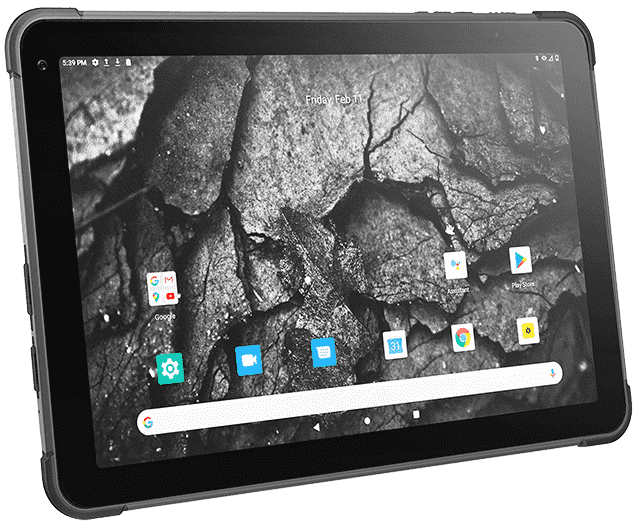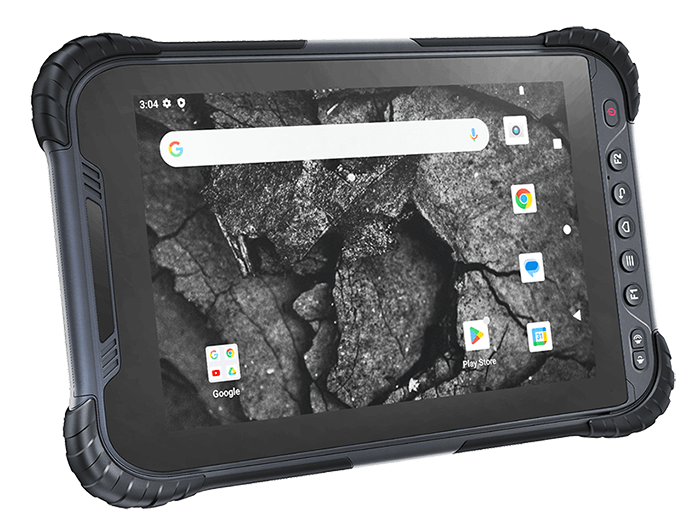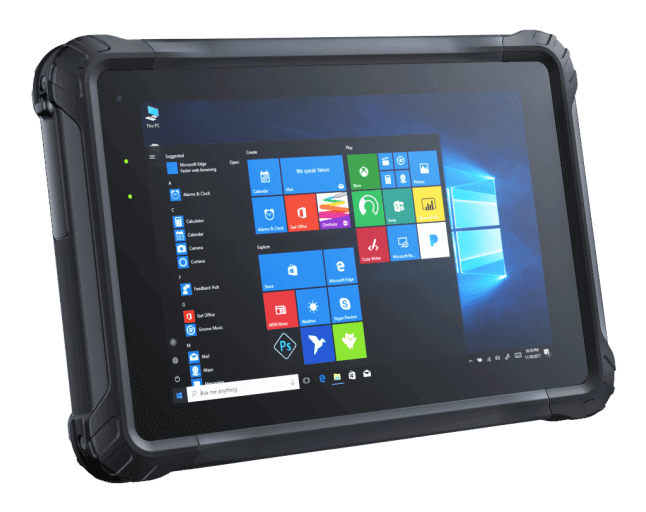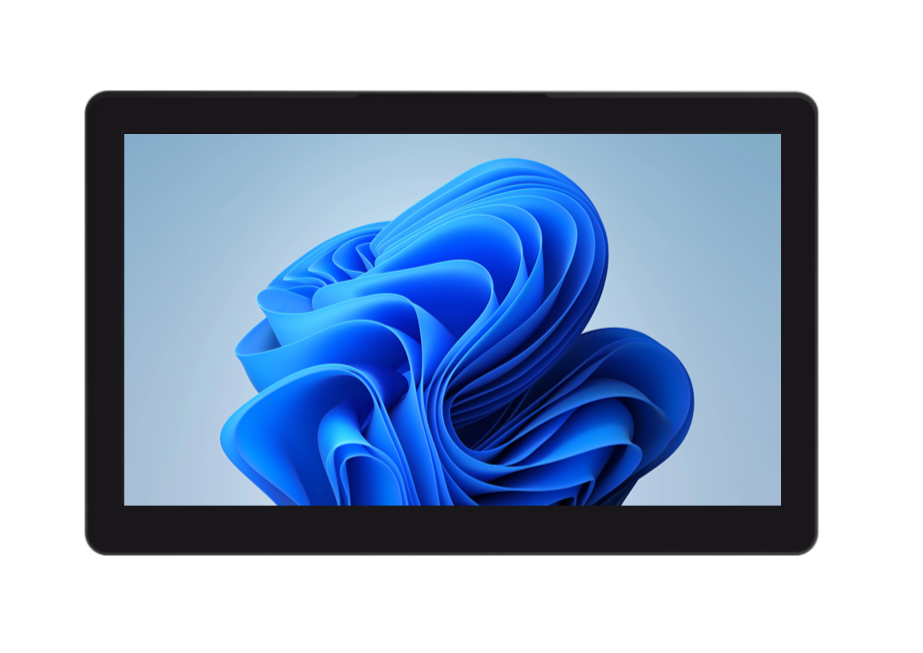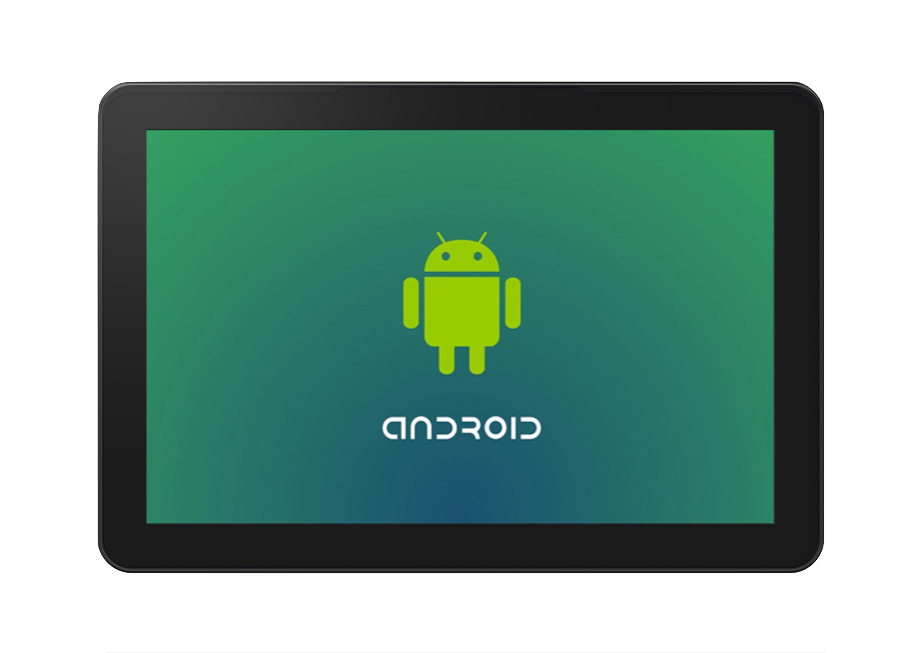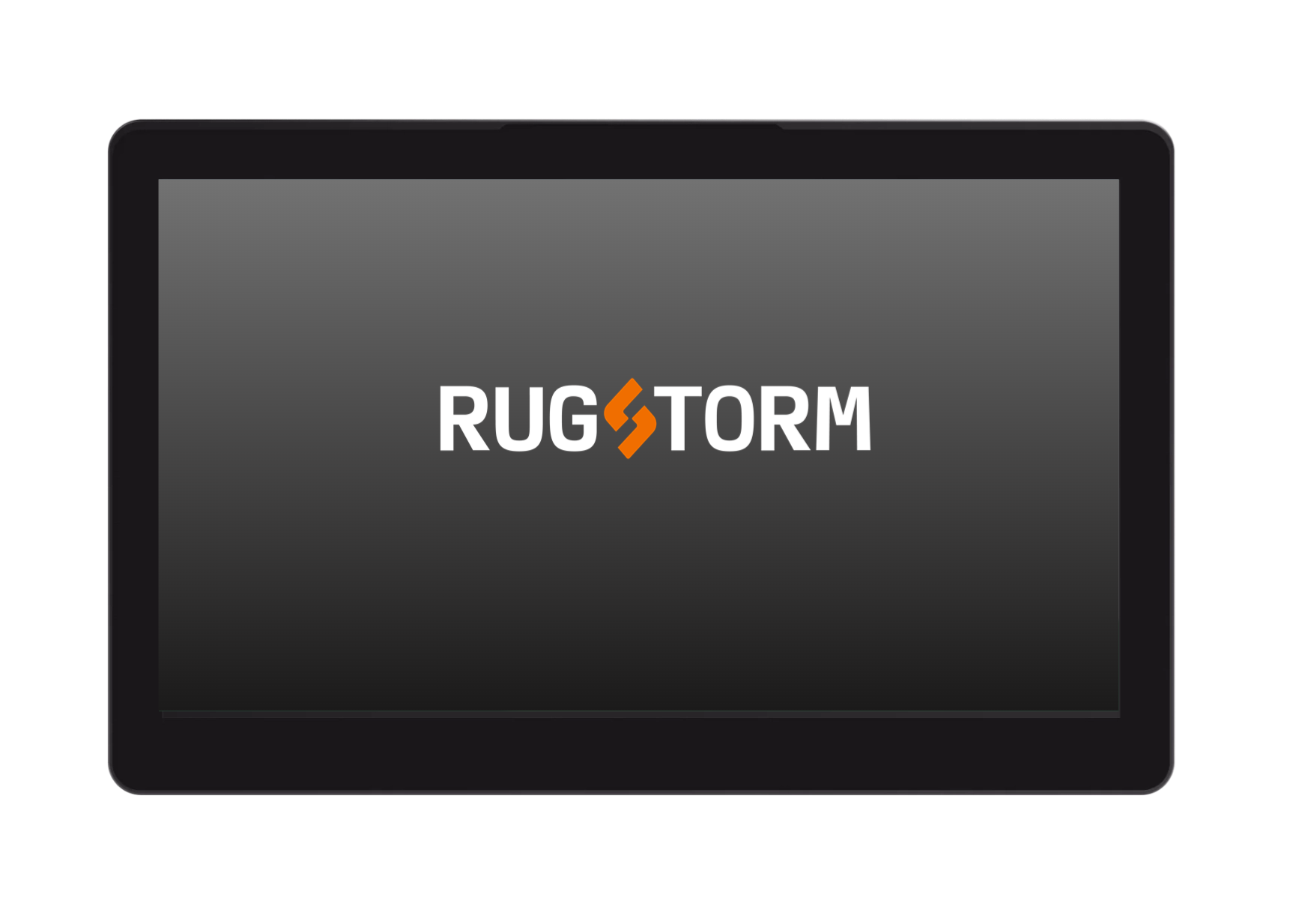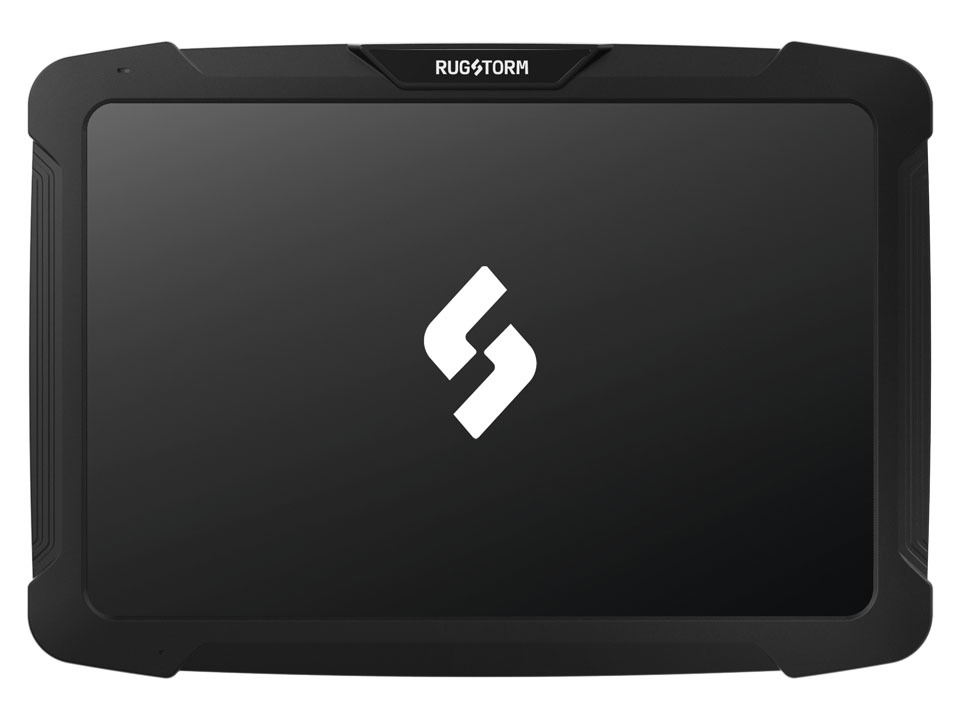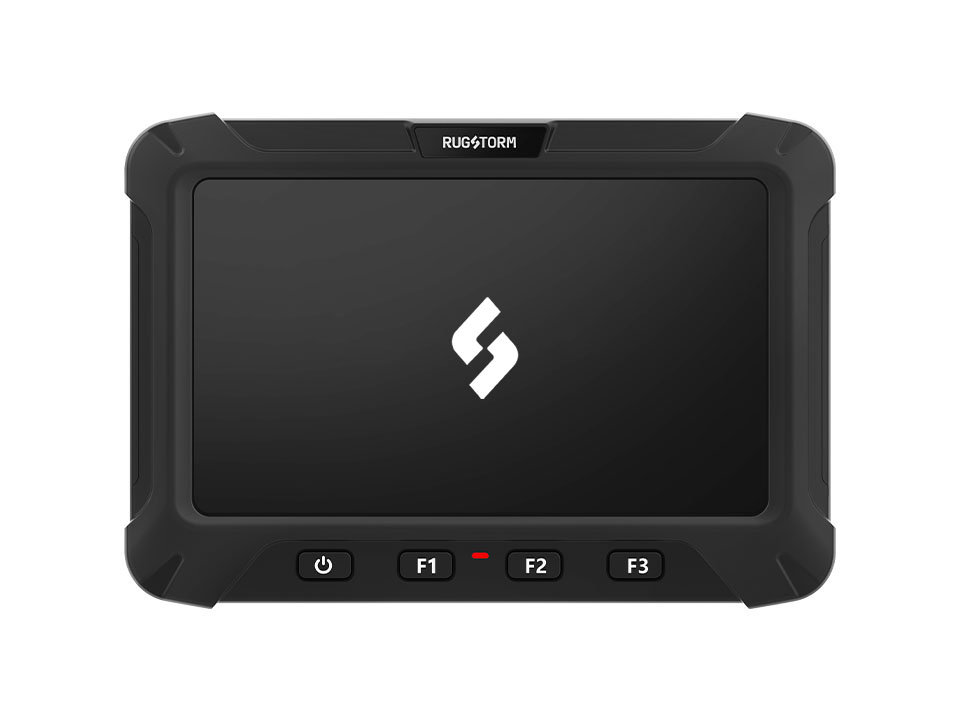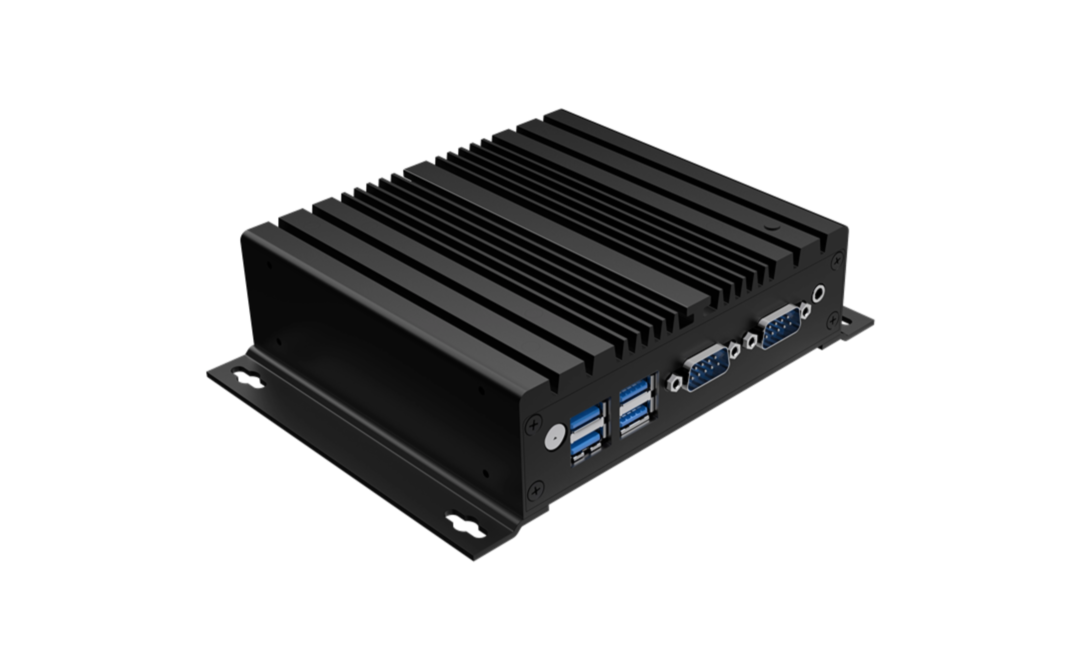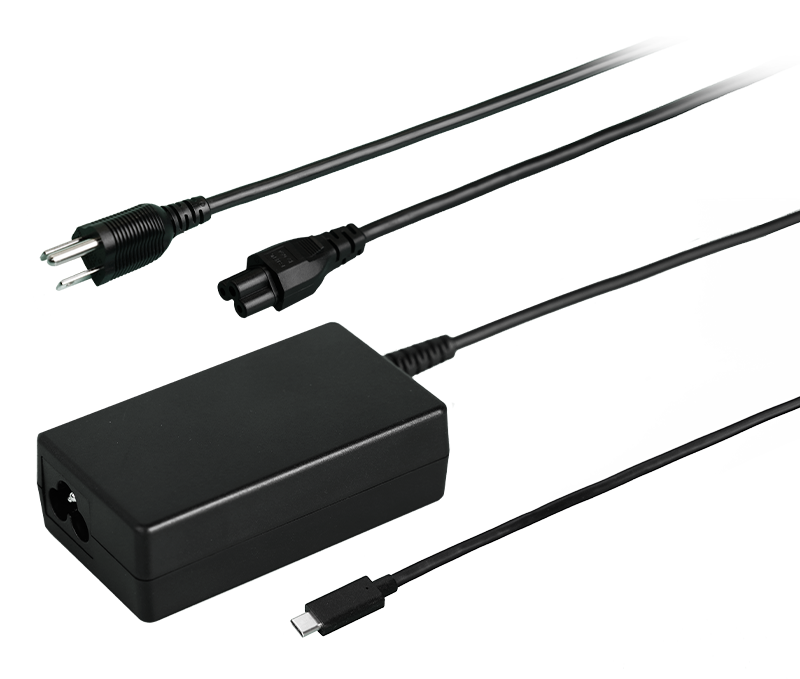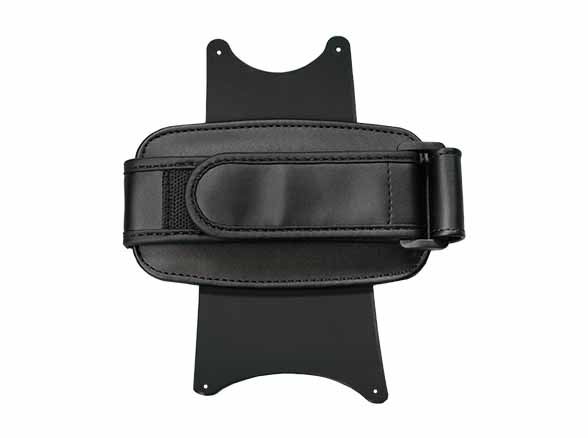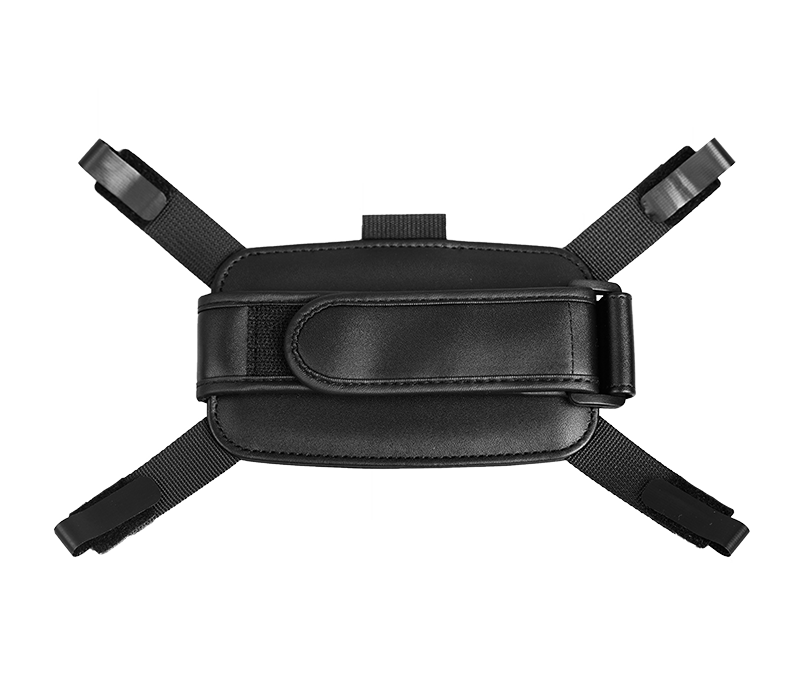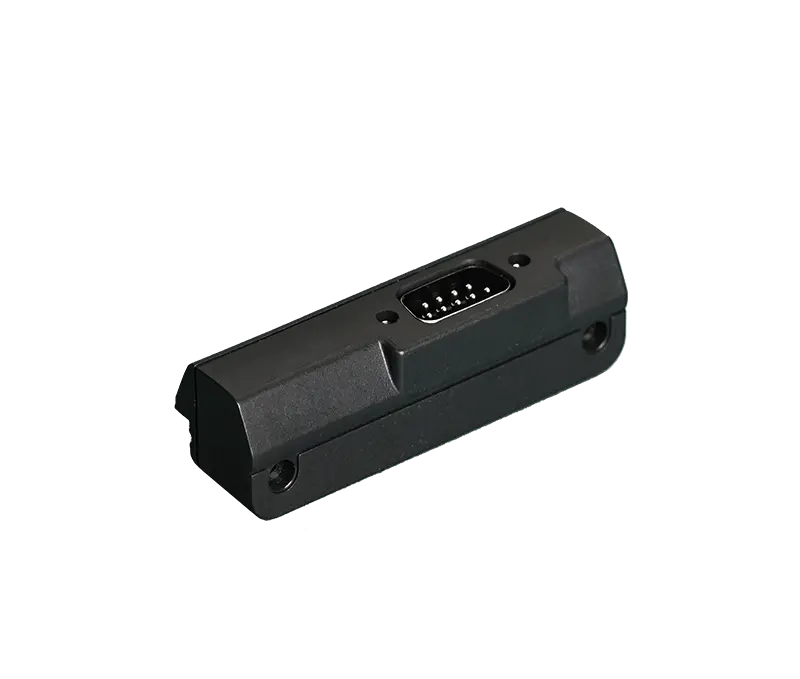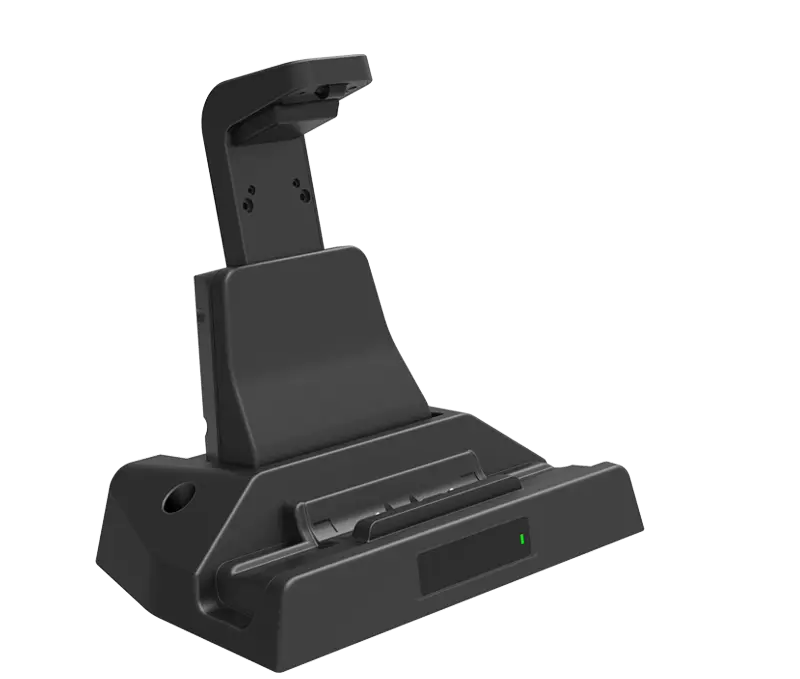Rugged tablets are essential tools for industries like construction, logistics, manufacturing, and field services, where durability and performance are critical. However, choosing the right rugged tablet can be challenging, especially when deciding between Windows and Android operating systems. This guide will help you understand the key differences and determine which platform best suits your needs.

1. Understanding Rugged Tablets
Rugged tablets are designed to withstand harsh environments, including extreme temperatures, water exposure, dust, and drops. They are built to meet military-grade standards (MIL-STD-810G) and ingress protection (IP) ratings, ensuring reliability in demanding conditions.
When selecting a rugged tablet, the operating system (OS) is a crucial factor. Windows and Android are the two dominant platforms, each offering unique advantages depending on your use case.
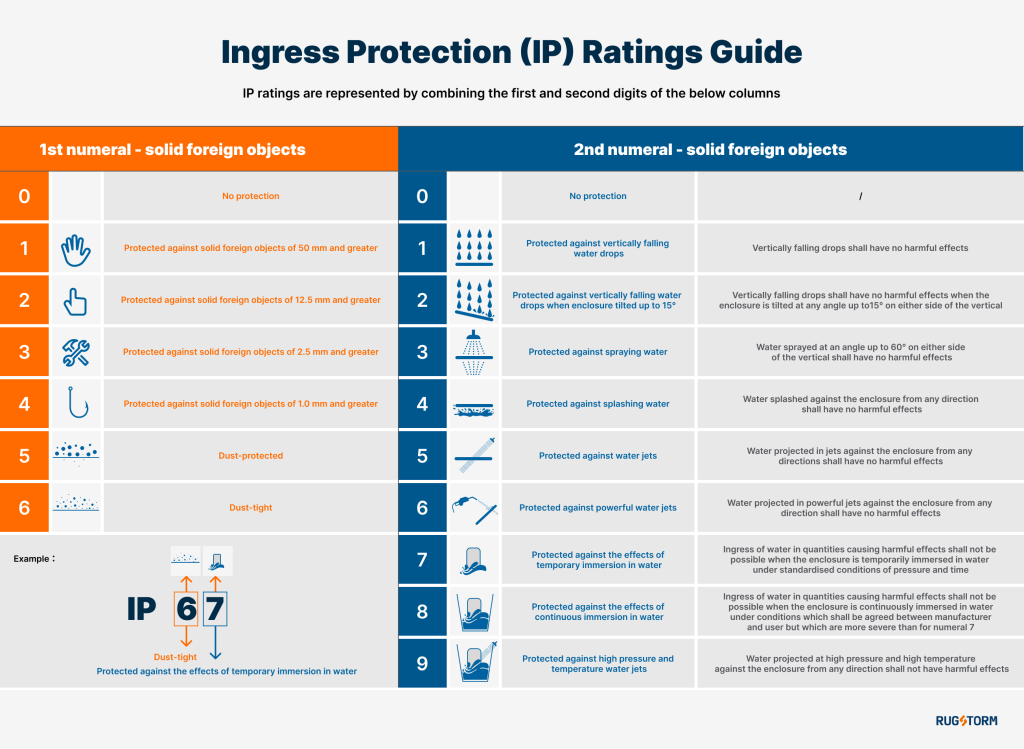
2. Windows Rugged Tablets: Power and Versatility
Advantages:
Enterprise-Grade Software Compatibility: Windows tablets are ideal for businesses that rely on desktop applications like Microsoft Office, AutoCAD, or other specialized software.
Seamless Integration: Windows tablets integrate easily with existing IT infrastructure, making them a preferred choice for organizations already using Windows-based systems.
Multitasking Capabilities: Windows supports advanced multitasking, allowing users to run multiple applications simultaneously.
High Performance: Windows tablets often come with powerful processors and larger storage options, making them suitable for data-intensive tasks.
Best Use Cases:
Industries requiring heavy software usage (e.g., engineering, architecture, or healthcare).
Businesses that need compatibility with legacy systems or enterprise software.
Environments where advanced data processing and multitasking are essential.

3. Android Rugged Tablets: Simplicity and Mobility
Advantages:
User-Friendly Interface: Android tablets are known for their intuitive and easy-to-navigate interface, making them accessible to users of all skill levels.
App Ecosystem: The Google Play Store offers a vast selection of apps tailored for mobile devices, including industry-specific tools.
Cost-Effective: Android tablets are generally more affordable than their Windows counterparts, making them a budget-friendly option.
Portability: Android tablets are often lighter and more compact, ideal for fieldwork or on-the-go use.
Best Use Cases:
Industries that rely on mobile apps for inventory management, delivery tracking, or field data collection.
Businesses looking for cost-effective solutions with straightforward functionality.
Environments where portability and ease of use are prioritized over complex software requirements.

4. Key Factors to Consider When Choosing Between Windows and Android
a. Software Requirements
If your operations depend on desktop applications or specialized software, Windows is the better choice.
For mobile-centric tasks and app-based workflows, Android is more suitable.
b. Budget
Windows tablets tend to be more expensive due to their advanced hardware and software capabilities.
Android tablets offer a more affordable entry point for businesses with limited budgets.
c. User Experience
Windows is ideal for users familiar with desktop environments and complex workflows.
Android is better for those who prefer a simple, touch-friendly interface.
d. Durability and Performance
Both platforms offer rugged options, but Windows tablets often have higher processing power for demanding tasks.
Android tablets are optimized for efficiency and battery life, making them ideal for extended fieldwork.
5. Conclusion: Which One is Right for You?
The choice between Windows and Android rugged tablets ultimately depends on your specific needs and use cases.
Choose Windows if you need:
Advanced software compatibility.
High-performance hardware.
Seamless integration with enterprise systems.
Choose Android if you need:
A user-friendly, mobile-first experience.
Cost-effective solutions.
Portability and ease of use.
By evaluating your operational requirements, budget, and user preferences, you can select the rugged tablet that best aligns with your business goals. Whether you opt for Windows or Android, investing in a rugged tablet will enhance productivity and reliability in challenging environments.

